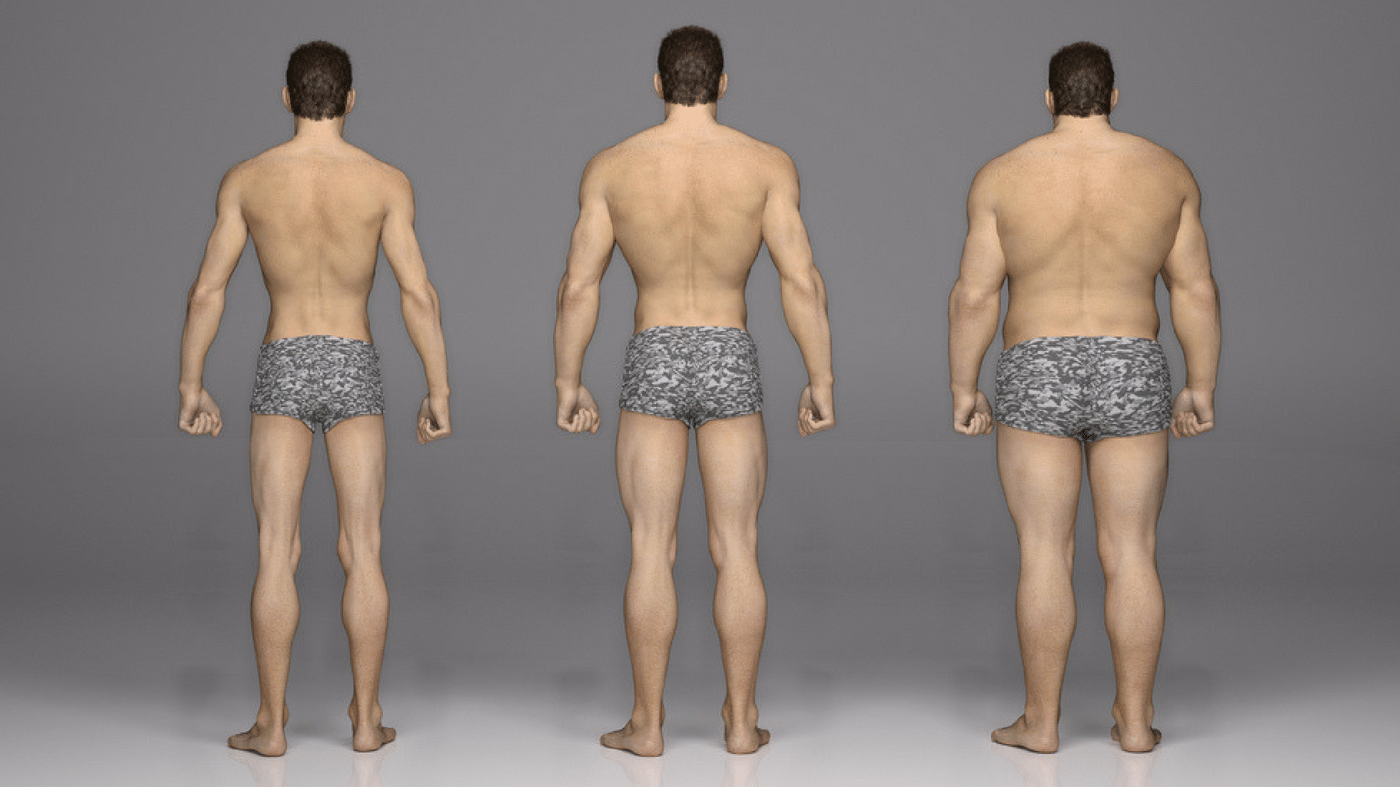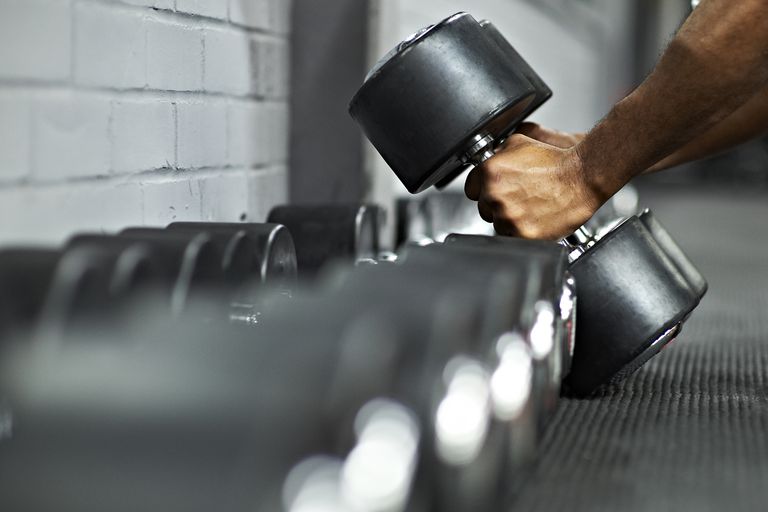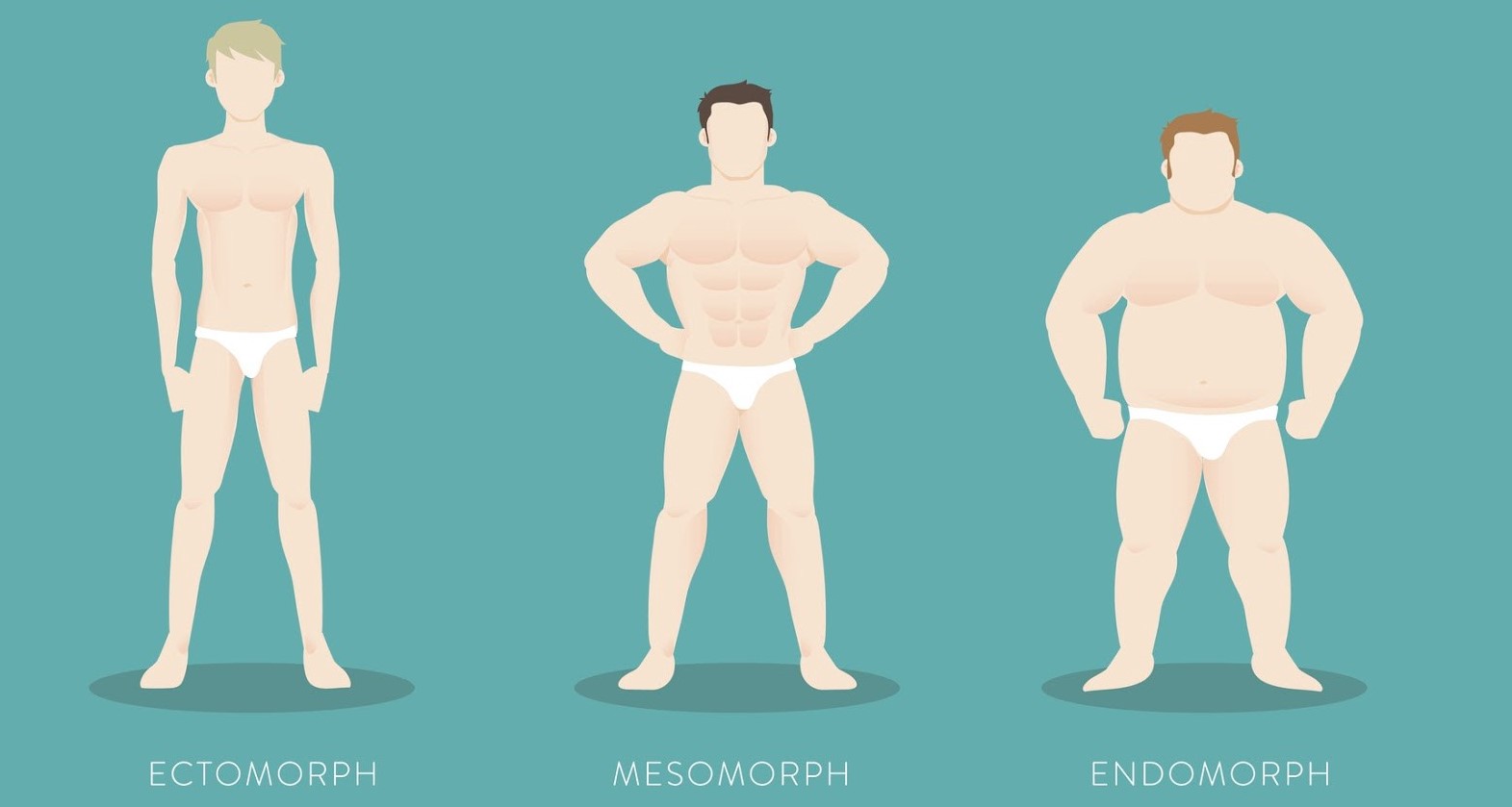We’re gonna be looking at the idea that you should design your diet and your training program based on your body type.
Where did this idea come from?

In 1940, an American psychologist William Sheldon published a book called “The varieties of human physique” outlining his idea that individuals could be categorized according to three main somatic types – The ectomorph implying thinness, endomorph implying fatness, and mesomorph implying muscularity. The Sheldon examined 4,000 photographs of students from the University of Chicago and classified them on a scale of one to seven for each of the body types.
Now at the time, these measurements had nothing to do with diet or training instead Sheldon wanted to find an association between each body type and personality intelligence and even so-called moral worth and future achievement. His work has since been discredited by the scientific community at large and I think it’s worth mentioning that in retrospect it seems that many of his ideas were likely influenced by the growing pseudoscience of eugenics at the time.
Anyway somehow classifying body types according to Sheldon’s somatic types remains popular today and it’s very common in fitness circles to see people refer to themselves as an ectomorph if they struggle to gain weight or building muscle and as an indole morph if they struggle losing fat or have more of a heavier set build.
Now, some data out of Russia has shown that somatic typing can actually be useful for predicting athletic success in a specific sport. For example, they note that since basketball relies on jumping abilities mesomorphic individuals might be better suited for basketball. Still, “I can’t help but call into question the practical application of this knowledge for us as people interested in building muscle or losing fat that seems pretty obvious to me that athletes with different limb lengths and body measurements will be better suited for different sports but that just doesn’t seem relevant to how some types are commonly used in fitness circles.”
It tends to put people in a box implying that they can’t change their body type over time which simply isn’t true.
The best way to build muscle is through progressive overload, just adding more mechanical tension to the muscle over time and this is true whether you’re a pure endomorph or a pure ectomorph. The best way to lose fat is to put yourself in a caloric deficit and eat sufficient protein and this is also true regardless of your body type.
In fact, in one 2005 study, when 585 untrained subjects were put on the exact same arm training program for 12 weeks. The researchers found enormous variation in biceps muscle growth where the worst responder actually lost about 5% and the best responder gained about 55% of muscle cross-sectional area in the biceps.
By the same token, there are clearly some people who have a much easier time getting lean and staying lean than others this most likely has to do with how hunger is regulated in the brain and this is due to genetic differences and hormones like leptin.
While resting metabolic rate differences between individuals of the same body weight or not nearly as different as we once thought. There are huge individual differences in levels of meat or non-exercise activity thermogenesis so stuff like fidgeting, tapping your feet or bobbing your head to the music.
One study from Levine and colleagues showed that when subjects were overfed by 1000 calories per day for eight weeks changes in fat gain ranged from 0.3 kilograms so about 0.8 pounds to 4.2 kilograms. Just about nine pounds and changes a neat range from negative 98 calories per day. So subjects actually moved around less to positive 692 calories per day, meaning some of the subjects nearly entirely offset the 1,000 extra calories consumed by simply subconsciously moving around more during the day.
These differences in combination with genetic differences in bone structure can in large part explain why some people look like endomorphs and some people look more like mezzo or ectomorphs and because of these largely genetically determined factors some people may do better on higher volume training routines and some people may do better with higher reps or lower reps. Similarly, some folks will just have to diet on lower calories than others and some people may do better on lower carb diets and others for similar reasons.
Why somatotypes aren’t useful?

Firstly, it implies that body types can’t change over time which is false. Secondly, these classifications don’t tell us how we should train or how we should eat and as of now while high-quality genetic testing is still in its infancy I think the best way to design your training program is by borrowing from exercise science and doing your own self-experimentation.
The same thing goes for diet, just how many calories you need to eat and why macronutrient ratio will be best for your body is something that you have to figure out over time.
Result
I would say that the idea that you should train and diet according to your body type it is busted. It has a history rich in pseudoscience and while body measurements certainly can be useful for tracking progress and establishing a starting place your specific somatic type isn’t going to provide much useful information when it comes to designing an actual plan to get you there.
IN THIS POST:
References:
https://www.ncbi.nlm.nih.gov/pubmed/26424190
https://www.ncbi.nlm.nih.gov/pubmed/18447308
https://www.ncbi.nlm.nih.gov/pubmed/9880251
https://www.ncbi.nlm.nih.gov/pubmed/15947721
https://www.researchgate.net/publication/322142687_Somatotype_diet_and_nutritional_status_of_women



